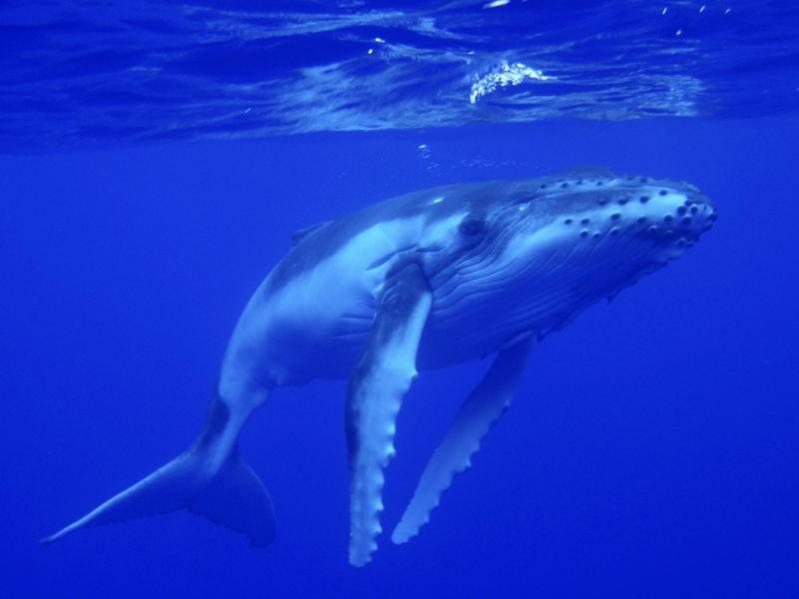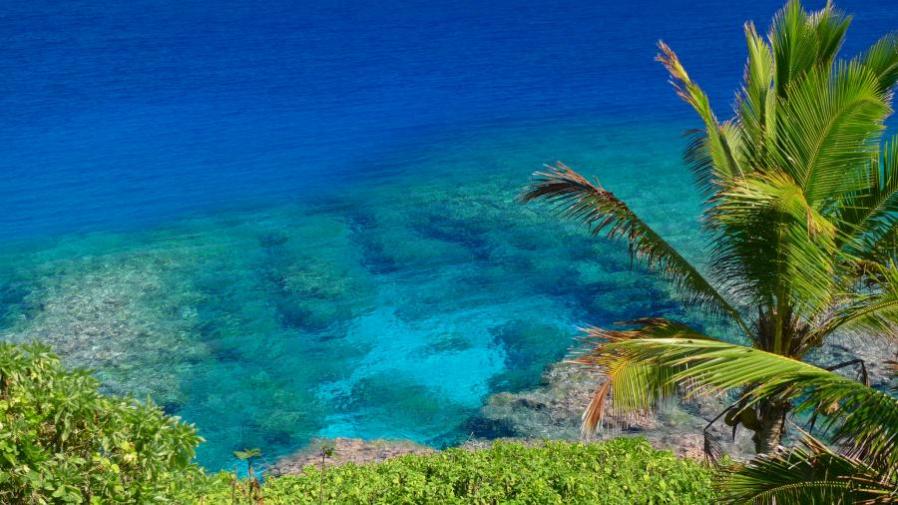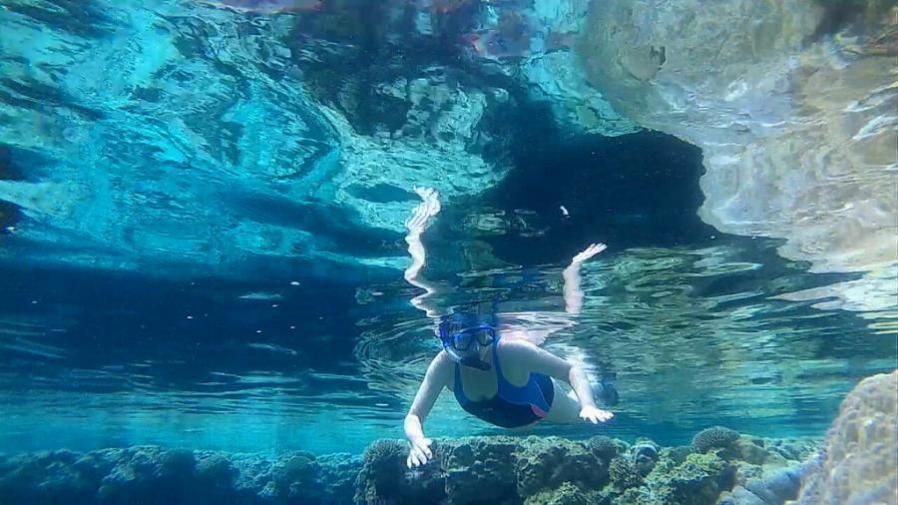Tom Callas, KC0W will be active as E6CW from Niue Island, IOTA OC - 040, in 2026.
He will operate on 40 - 6m, CW only.
Recent DX Spots E6CW
E6CW Log search QSL via KC0W direct no LOTW.
More information and dates later.
Niue Island
Geographical location
Niue is a small island nation in the Polynesian part of the Pacific Ocean. It is 480 kilometers from the nearest archipelago, Tonga. Niue also includes three large underwater coral reefs.
Its total area is 261.4 km². The highest point on the island is 68 meters above sea level. Its main feature is that it is a coral island. It is recognized as the largest of all existing atolls on the planet.
 Niue Island. Author - rolandirwin.
Niue Island. Author - rolandirwin.
The history of the island and the physical and geological features of its territory
The island was formerly known as Savage, which means “wild.” It was given this name by its European discoverer, James Cook, in 1774. The aborigines were very hostile towards the navigator at the time, which is why these lands were given such a name. There are several other very ancient names for the island, which have not been used for a long time. They were given to Europeans even before Cook's discovery.
In 1900, the island became a possession of the British Empire, but a year later it was captured and occupied by New Zealand. Since 1974, Niue has been an independent state within New Zealand. It is noteworthy that many years ago, the island was located in the ocean about 20 km from its current location. This is explained by the fact that it stands on a plate that is constantly in a state of slow motion.
Before the coral reef formed on the territory of the modern island, there was an active volcano there. Unique geological processes have been taking place here for millions of years. The relief of the modern island resembles a bowl, and it is also often compared to a hat.
 The reef near the Matavai Resort, Niue Island. Author - Russell Parkinson.
The reef near the Matavai Resort, Niue Island. Author - Russell Parkinson.
Local population and tourism development
The capital of the state is a small settlement called Alofi. It has a population of only about 600 people and is the only large settlement on the entire island. The total number of local people permanently residing on the entire island is no more than 2,000. There is a constant active migration of locals to other countries. The local residents are divided into the indigenous descendants of the first settlers and those who arrived from other islands and countries.
Despite the uniqueness of its origins, the pristine beauty of its natural landscapes, and many other favorable factors for attracting tourists, this area of activity remains underdeveloped. The few travelers and tourists who do come are mainly from New Zealand, Australia, and the United States.
The main reason hindering the development of the tourism business is the island's remoteness from the rest of the world. Flights to the island are only operated from New Zealand by a local airline.
 The reef pool at Hikutavake, Niue Island. Author - spiceontour.
The reef pool at Hikutavake, Niue Island. Author - spiceontour.
Flora and fauna, climatic features of Niue
There are about 30 species of birds on the island nation. Some of them only nest on the island, while others live there permanently. The fauna is not very rich. The only native mammal is the Tongan flying fox. These animals are nocturnal and live in the treetops. In recent years, intensive deforestation on Niue has led to a significant decline in their population.
Another native species is the katualai, a venomous snake with a flat tail. It inhabits the waters surrounding the island and, according to scientists, is found nowhere else in the world. The snake can grow up to 1 meter in length. It has a very strong venom, making it one of the most dangerous creatures on the planet.
The flora consists of shrubs and grasses, of which there are about 600 species. Some can only be found in these areas. A large area of the island is covered by tropical forests. In recent years, there has been intensive logging. Most of the tropical forests are in the central part.
The average temperature varies throughout the year, ranging from +20 to +30°C. The climate is hot and very humid, despite the minimal amount of rainfall. Winter here begins at the end of November and ends in mid-March. The air in winter is humid and hot. Summer on the island lasts from April to October. At this time, the air is hot but drier.
Opportunities for agriculture and prospects for establishing product exports
New Zealand provides ongoing financial assistance. Therefore, compared to other countries in Oceania, the overall standard of living here is quite high. There is virtually no production on the island due to its remoteness from countries and continents for the possibility of profitable sales of products. Only agriculture is developing. This mainly allows the needs of the local population to be met, although in recent years, taro has been successfully grown for export.
Almost half of the island's area is unsuitable for growing crops. This is due to the special geological structure, low-fertility soils, lack of rivers, and other factors. Every few years, the island is hit by powerful cyclones that almost completely destroy all infrastructure. Fishing is very underdeveloped. The main reasons for this are the almost complete absence of fish off the coast and the very steep coastline around the entire perimeter of the island.
Nowadays, ecotourism is actively developing. More and more people want to visit this unique island. In the future, these territories have enormous potential for the development of tourism. The government is doing everything possible to ensure its successful development and to attract tourists and vacationers to Niue.

